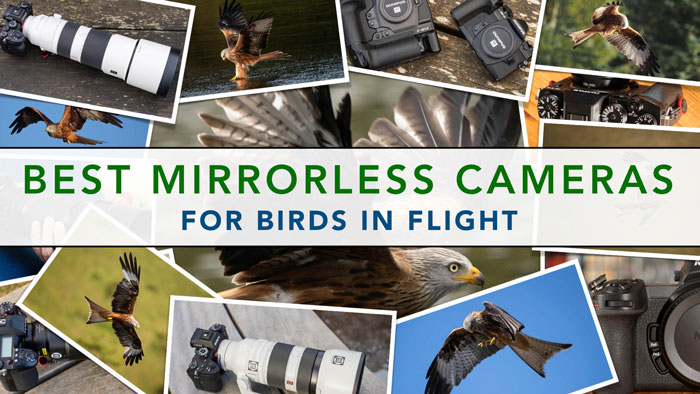Bill_Edmunds
Well-known member
- Messages
- 120
- Reaction score
- 22
The thread title says it all, really. One thing I am interested, apart from the camera's ability to achieve good autofocus for a fast moving bird in flight, is the "flicker" that shows in the viewfinder during AFC burst mode, as seen at the 10:33 mark in this video . Is this only when using the electronic shutter? I know it doesn't affect the image, but I would find it distracting while trying to follow a bird.









